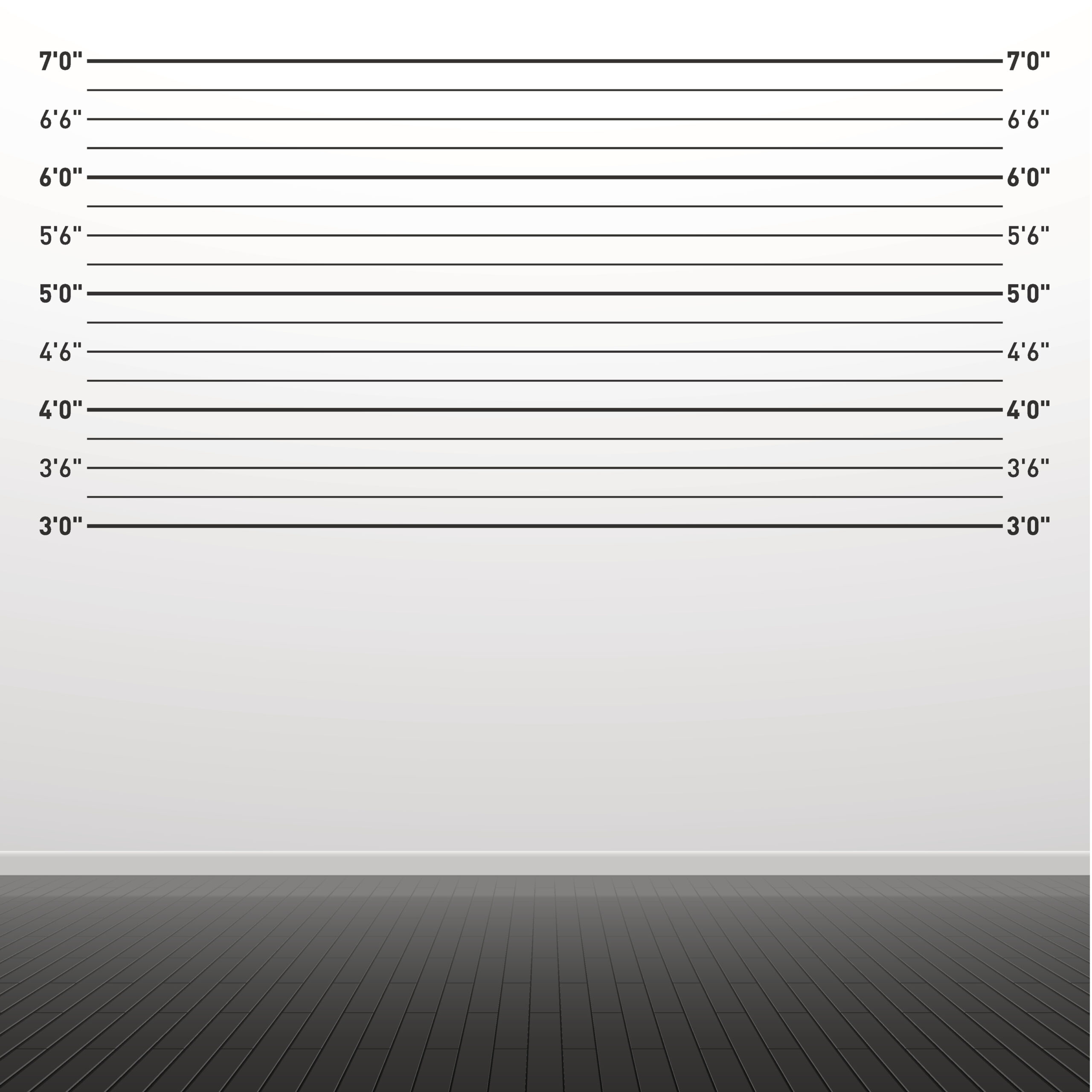Researchers to Conduct Study on Eyewitness Identification
02.02.17 By Innocence Staff
Researchers from the University of Virginia and the University of Utah are conducting a study on eyewitness misidentification that will aim to inform improved suspect identification procedures to better avoid wrongful convictions, according to CBS19 in Charlottesville, Virginia.
With help from a grant from the Laura and John Arnold Foundation, researchers will consult with police, judges, defense attorneys, lawmakers and experts to discuss ways to improve eyewitness identification procedures like suspect lineups, jury instructions and expert testimony. The Innocence Project will advise the researchers in the study.
Eyewitness misidentification is the greatest contributing factor to wrongful convictions proven by DNA testing, playing a role in more than 70 percent of convictions overturned through DNA testing nationwide.
“Because memories can be unreliable, and law enforcement procedures for conducting eyewitness identification are not standardized, we need to find solid, multidisciplinary research-based ways to reduce the risk and instance of misidentification,” Karen Kafadar, principal investigator of the study and Professor of Statistics at UVA, told CBS.
“Current science offers few practicable solutions for how to improve the accuracy. With our approach, we hope to make recommendations for police departments, attorneys and judges that will improve that accuracy for the good of society and the criminal justice system.”
In recent years, more research around eyewitness identification has emerged. In 2014, the National Academy of Sciences released a landmark report evaluating the scientific research on memory and eyewitness identification. Professor Thomas Albright of the Salk Institute for Biological Studies chaired that study. In a TED Talk in November, Albright spoke about the unreliability of eyewitness identifications, citing the case of California Innocence Project client Uriah Courtney as an example. Courtney was convicted of a kidnapping and rape in 2006 after the victim and a witness both misidentified him as the perpetrator. In 2013, DNA testing excluded Courtney and matched to another man who matched the description made by the victim and eyewitness.
Watch Professor Albright’s TED Talk here.
Learn more about eyewitness misidentification here.

Leave a Reply
Thank you for visiting us. You can learn more about how we consider cases here. Please avoid sharing any personal information in the comments below and join us in making this a hate-speech free and safe space for everyone.